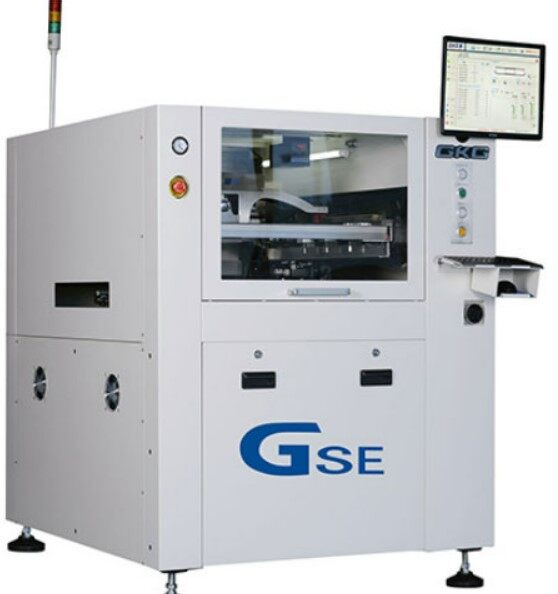Email format error
Email cannot be empty
Email already exists
6-20 characters(letters plus numbers only)
The password is inconsistent
Email format error
Email cannot be empty
Email does not exist
6-20 characters(letters plus numbers only)
The password is inconsistent


In the intricate world of electronics manufacturing, the process of printing a PCB circuit board is a critical stage that demands precision and accuracy. This article aims to provide a comprehensive guide on how to print a PCB circuit board, with a focus on the advanced technology offered by the GKG Printer. From the basics of PCB printing to the nuances of using the GKG Printer, this guide is designed to assist both novices and seasoned professionals in achieving optimal results.
Before delving into the specifics of using the GKG Printer, it's essential to grasp the fundamental steps involved in PCB printing. The process typically begins with designing the PCB layout using specialized software. Once the design is finalized, the next step is to apply solder paste to specific areas of the board, creating the foundation for component placement. Precision in this stage is paramount, as it sets the stage for successful PCB assembly.
The GKG Printer stands as a technological marvel in the realm of PCB printing. Known for its precision and efficiency, this printer plays a pivotal role in applying solder paste with unparalleled accuracy. Equipped with advanced features, the GKG Printer is designed to meet the demands of modern electronics manufacturing, ensuring a seamless and high-quality printing process.
To master the art of PCB printing with the GKG Printer, proper setup is crucial. This involves calibrating the printer to align with the specific design parameters of the PCB layout. Additionally, the operator must ensure that the solder paste is loaded correctly, and the stencil is securely in place. A meticulous setup is the foundation for achieving consistent and reliable results.
Achieving optimal results with the GKG Printer requires a nuanced understanding of printing parameters. This includes adjusting factors such as stencil thickness, squeegee pressure, and printing speed. Fine-tuning these parameters ensures that the solder paste is applied with the right volume and in the correct locations, contributing to the overall success of the PCB printing process.
After the GKG Printer completes its task, a critical step is to inspect the printed PCB for quality assurance. This involves using advanced inspection techniques, such as automated optical inspection (AOI), to identify any defects or discrepancies. Addressing issues at this stage is vital for preventing downstream problems in the PCB assembly process.
The world of electronics manufacturing is ever-evolving, and continuous improvement is key to staying ahead. Manufacturers using the GKG Printer should stay abreast of updates and innovations in both the printer technology and the broader PCB printing process. Embracing new technologies and methodologies ensures that the PCB printing process remains at the cutting edge of efficiency and quality.
In conclusion, mastering the process of how to print a PCB circuit board involves a harmonious blend of foundational knowledge and advanced technology. The GKG Printer, with its precision and efficiency, stands as a beacon in the realm of PCB printing. By understanding the basics, setting up the printer correctly, optimizing printing parameters, and embracing continuous improvement, manufacturers can elevate their PCB printing processes to achieve consistent, high-quality results.